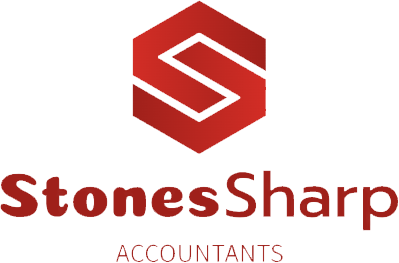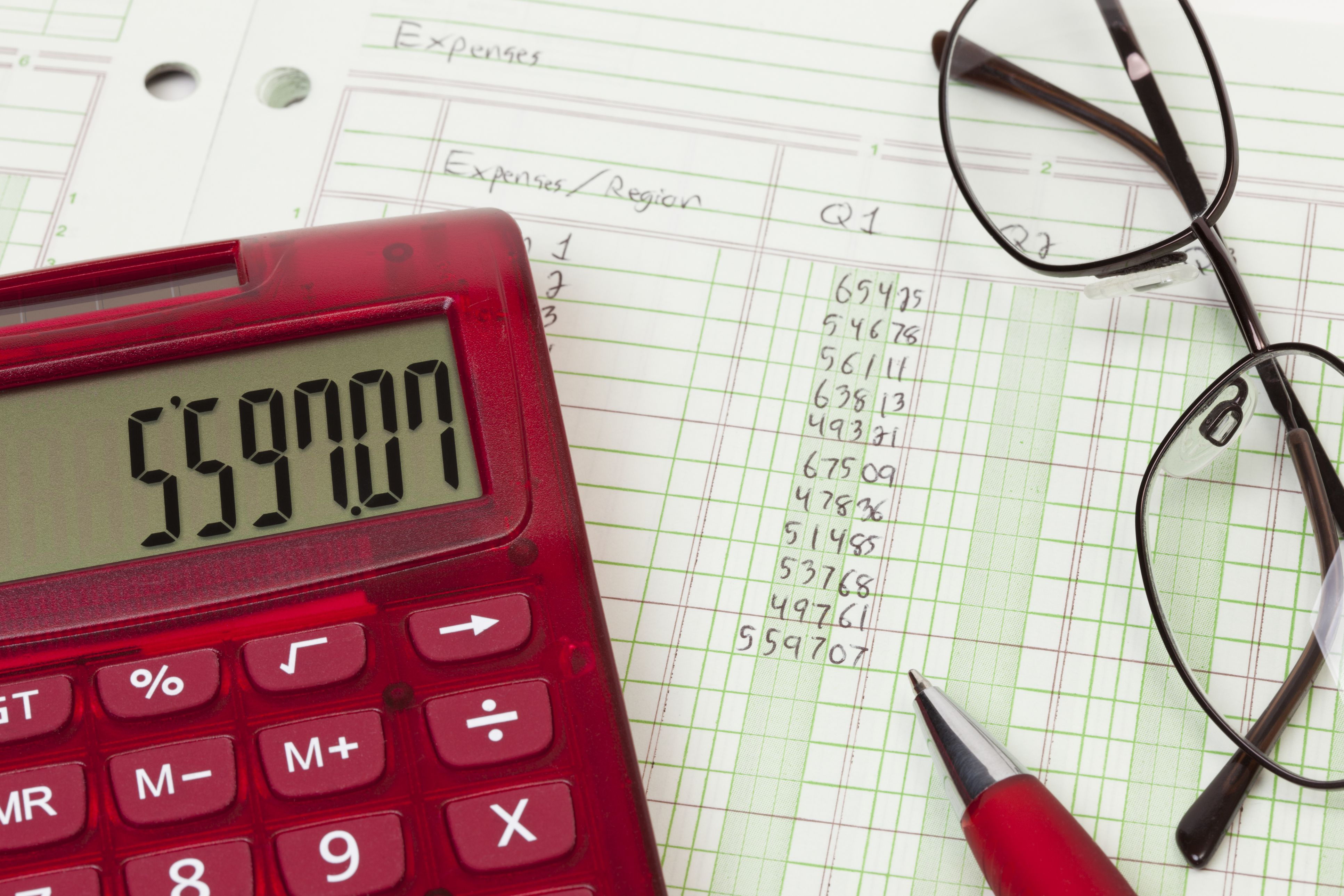Depreciation is based on the accounting principle that assets lose value as they age. The purpose is to match the expense associated with the item with the revenue that is generated from it. Usually Small Business Accountants in Oxenford do bookkeeping to keep accounting records in check.
Useful Lives and Salvage Value
For each item that is above a threshold set by the company, a determination is made on the how long the building or equipment will be of use to the company. If that “useful life” is greater than one year, it is expected that the company will depreciate the item.
The item is then classified as a capital asset, and placed in the long term assets section of the balance sheet of the company. For example, if the useful life is 10 years, the item is depreciated so that some of the expense is charged to each year.
Before the item is depreciated, a estimate must be made of the salvage value of the asset. For example, if an asset is acquired for $10,000, but it is expected that the item can be sold or has a scrap value of $1,000, the amount to be depreciated is $9,000.
Straight Line Method of Depreciation
The simplest method of depreciation is to allocate the same amount of depreciation to each year of the asset’s useful life. This is called the straight line method. In the example above, $900 would be allocated to each year ($9,000 depreciable value divided by 10 years).
This easy method assumes that the asset loses its value as time goes by. For accounting purposes, it does not matter how much value the item has retained. Assets are not revalued, and gains and losses on the asset are not recognized until the asset is sold or scrapped.
Accelerated Depreciation
In reality, building and equipment do not lose value in a straight line. Most commonly, items have a greater loss of value in the first years of use. Automobiles are said to depreciate as soon as they are driven off the lot.
To recognize this concept, accounting allows for other methods of depreciation, called accelerated depreciation. Accountants that use accelerated depreciation record more depreciation in the early years of an asset’s useful life.
There are a number of different methods of accelerated depreciation, including double declining balance and sum of the years digits. The Internal Revenue Service mandates the use of MACRS for recently acquired assets for tax purposes.
Accounting for Depreciation
On the books of the company, the value of a capital asset does not change over time. The accounting method used is to create a separate line on the balance sheet associated with the asset called accumulated depreciation.
The entry for the first year of the example are as follows:
Debit Equipment $10,000
Credit Cash $10,000
Depreciation Expense $900
Accumulated Depreciation $900
After the end of first year, by combining the accounts above, the accountant can determine that the undepreciated value, or net book value of the asset is $9,100.

